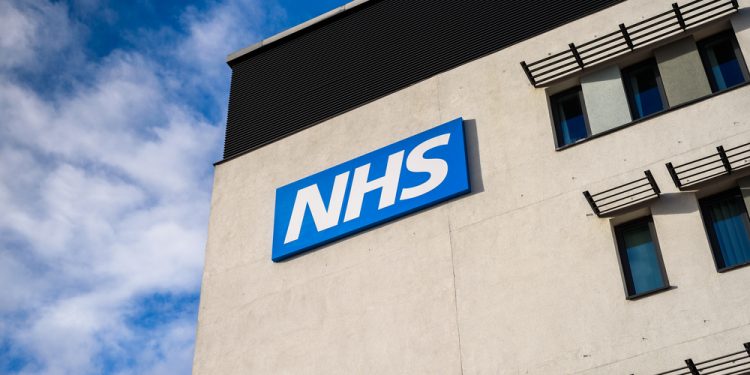The Conservative government has been warned there are no quick fix solutions to unacceptable NHS and accident and emergency wait times as the health service is facing the toughest pressures on record.
Latest data from NHS England revealed a further 100,000 people have been added to waiting lists with 7.2 million people waiting to start routine treatment at the end of October, up from 7.1 million in September.
This set a new record since data was first collected in this area in August 2007. Before the pandemic the waiting list was already at 4.4 million people.
A total of 1,907 people in England were listed as waiting more than two years to start routine hospital treatment at the end of October – down slightly from 2,239 at the end of the previous month.
Around six in 10 (60.3%) of the 14,425 cancer patients urgently referred by their GP had waited less than than two months by the time they started treatment.
A&E queues continue
The data also showed three in 10 patients in England in emergency departments were not being seen within four hours.
Across emergency departments, just 68.9% of patients in England were seen within four hours in November, down from 69.3% in October, which was the worst performance on record.
The target is for at least 95% of patients attending A&E to be admitted, transferred or discharged within four hours.
There were 37,837 people who waited longer than 12 hours in in A&E departments in England in November, down 14% from the record 43,792 in October.
The number waiting at least four hours from the decision to admit to admission also fell from a record 150,922 in October to 143,949 in November.
According to the data, ambulances in England outside London took an average of 48 minutes and eight seconds in November to respond to emergency calls.
While down from an average of one hour, one minute and 19 seconds in October, this remains well above the target of 18 minutes.
NHS is ‘bursting at the seams’
Danielle Jefferies, analyst at The King’s Fund, said the figures showed “an NHS bursting at the seams” as services head into winter struggling to meet sharply rising demand while keeping patients safe.
“Improving ambulance delays has been a government priority for some time,” Jefferies said.
“But today’s numbers show that one in seven ambulances are delayed by more than an hour as they wait for stretched A&E teams to assess patients. Even after a patient’s condition has been deemed serious enough to warrant admission, 38,000 patients are stuck in A&E for over 12 hours because hospitals are too full to admit them.”
According to Jefferies, problems at the hospital front door are indicative of issues at the back door.
“The number of patients stuck in hospital despite being well enough for discharge remains alarmingly high at 13,300 – 30% higher than this time last year,” Jefferies continued.
“People are being stranded in hospital because of a long-term lack of investment in social care and NHS community services.
“It is easy to become numb to dire NHS performance figures, but the health service really is facing the toughest pressures since modern records began. Industrial action is imminent, more than 50,000 NHS staff are off due to illness, cold weather is biting, and Covid-19, Strep A and other winter viruses will likely increase demand for services.
“All combined, this puts immense strain on staff in health and care services who are having to go above and beyond to support patients. Sadly, there are no immediate solutions or quick fixes; these are widespread issues that will require actions across the whole health and care system and it will take time for any improvements to be felt by patients,” Jefferies added.
‘Unacceptable’ wait times
Professor Philip Banfield, chairman of council at the British Medical Association said the government had watched wait times grow higher and higher for too long, adding three in 10 patients waiting more than four hours to be seen in A&E was “unacceptable”.
“Staff are exhausted, burned out, and terrified of starting the next shift knowing they can’t give the kind of care they are trained for and that patients might come to harm as a result,” he said.
“We desperately need more staff to alleviate these pressures, and more resource put into social care to help free-up hospital capacity. Without this, patients will continue to suffer, and existing staff will be pushed to the brink and leave the NHS for good.”
Banfield added it was remarkable that hard-working staff were able to increase the number of patients getting diagnostic tests in October, and that they managed to cut the number of people waiting more than 12 hours for a bed after a decision to admit.
“However, the figure of 37,837 is still one of the highest on record, and in what world should anyone have to wait more than 12 hours for a hospital bed?” he continued.
“This is no longer a question of how we can improve the health service, but of how we can stop it from collapsing further – because it will collapse even more widely if nothing is done.
“Staff shouldn’t be finding a place to cry mid-shift, patients shouldn’t be waiting in corridors in pain for hours or sometimes days, and it shouldn’t be a lottery about whether an ambulance gets to an emergency in time. Our NHS is strained beyond breaking point, and the government is running out of time to fix it.”






